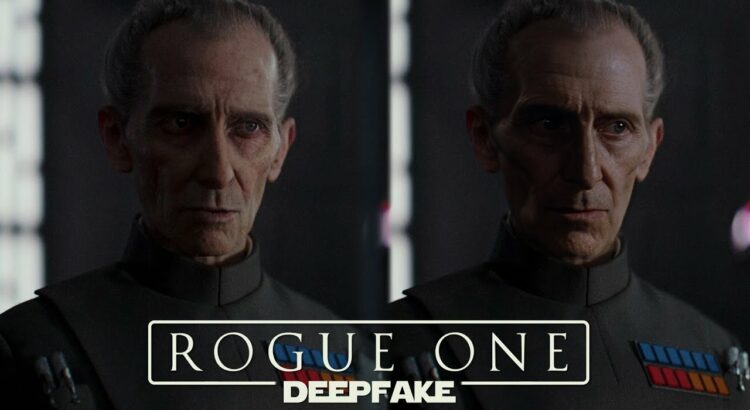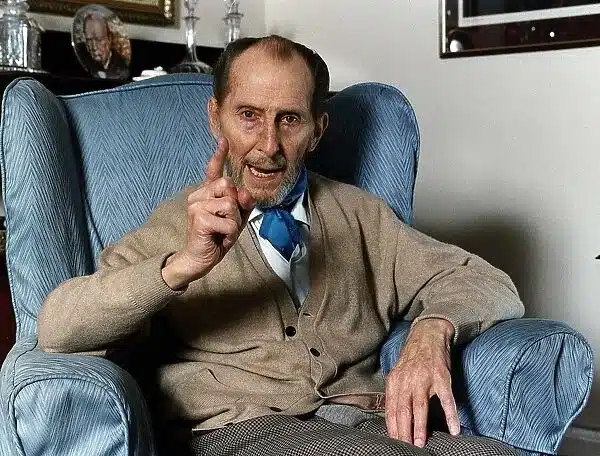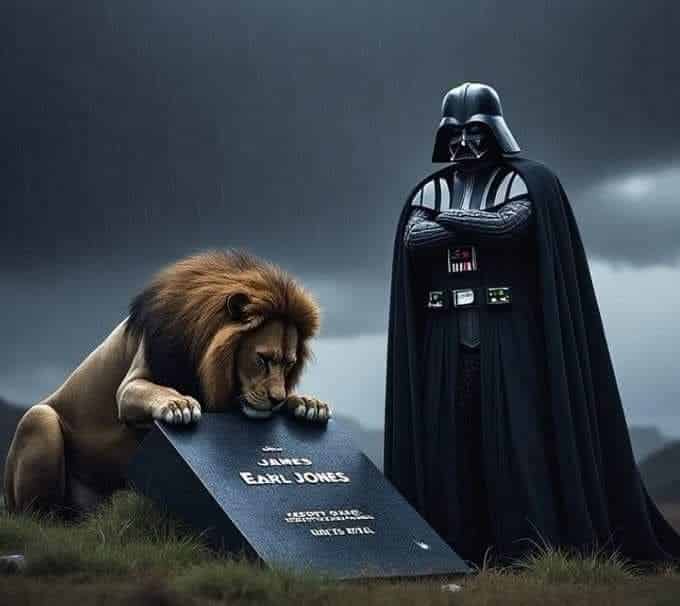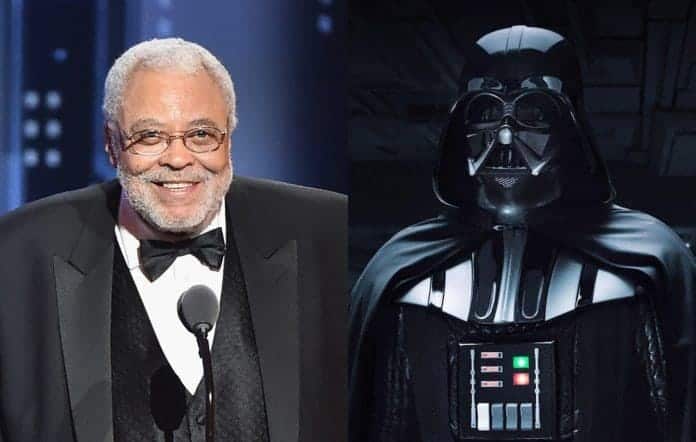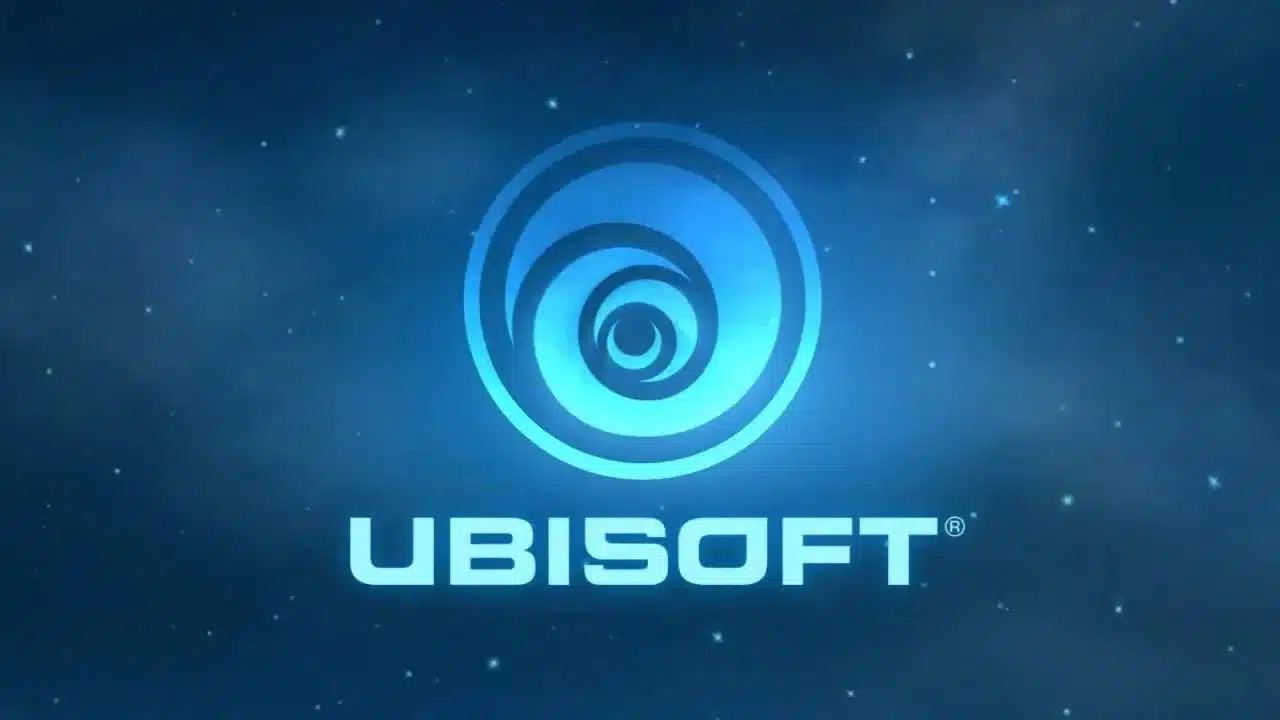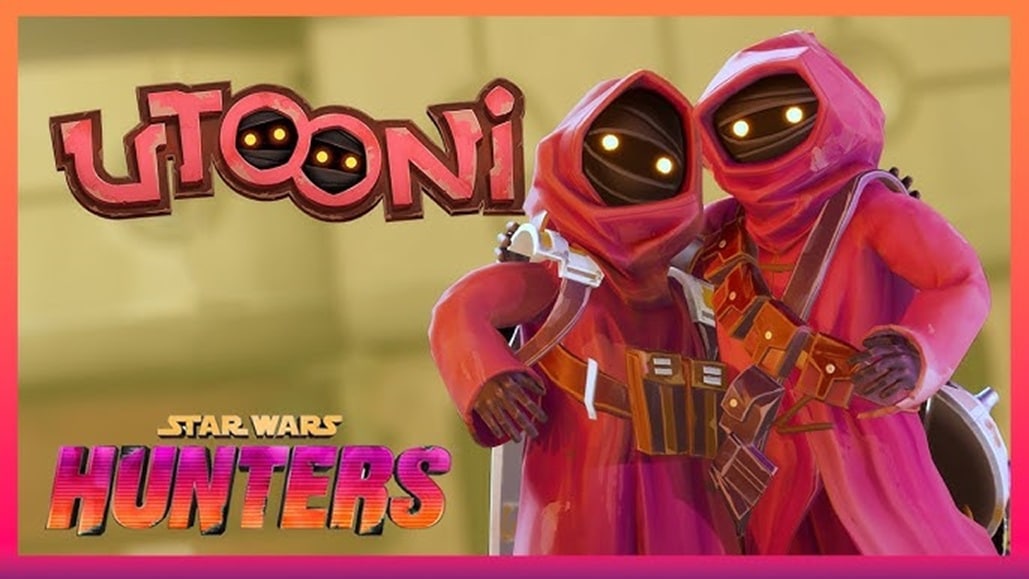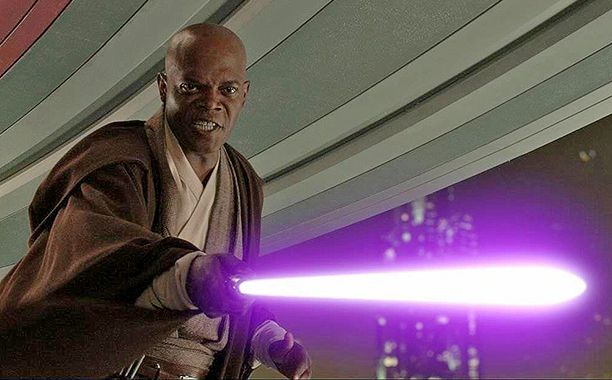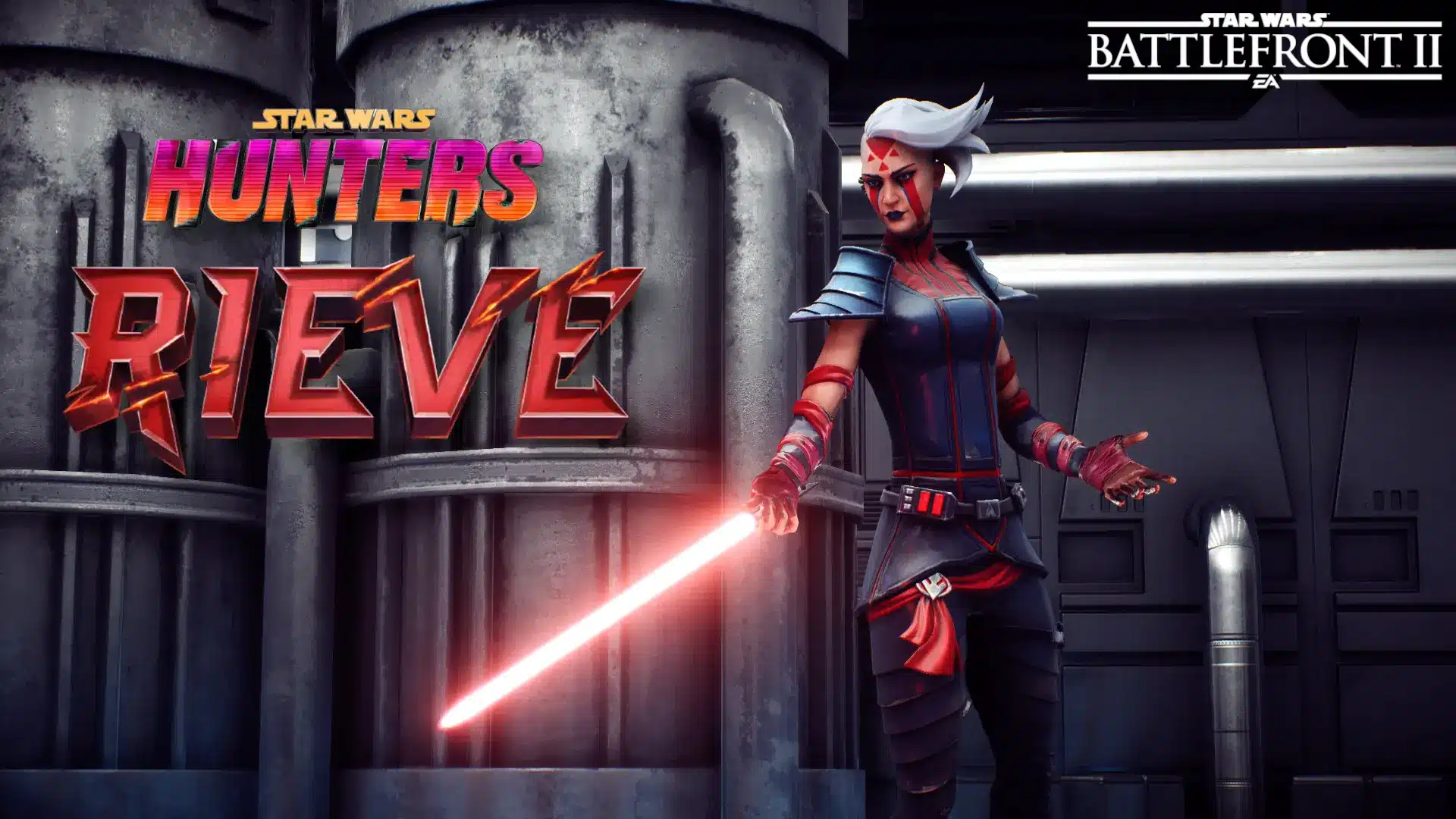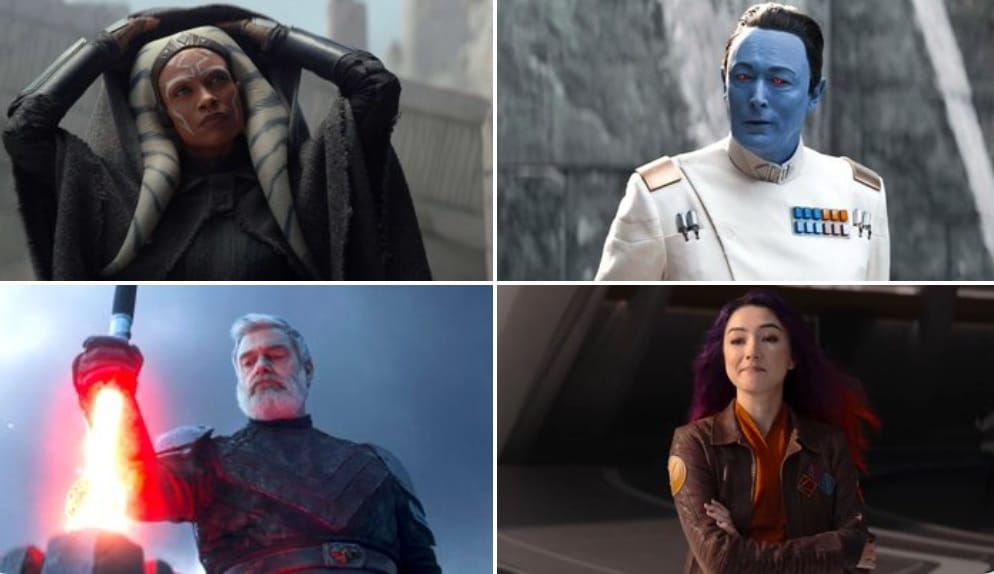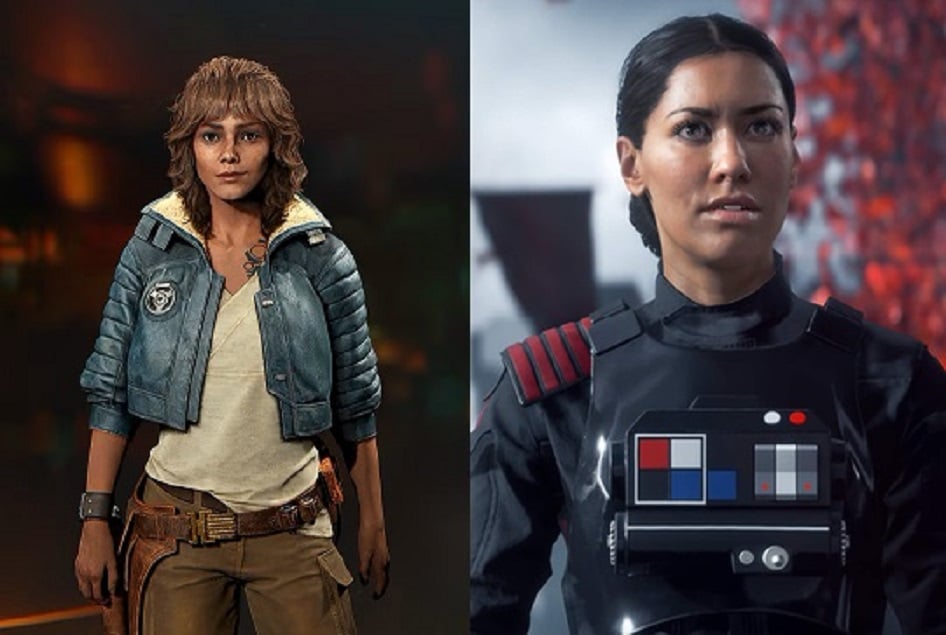Disney is facing legal action over the use of Peter Cushing’s likeness in the 2016 Star Wars spin-off, Rogue One: A Star Wars Story, 22 years after the actor’s death. The London-based production company, Tyburn Film Productions, has taken legal steps to claim that Disney and its subsidiaries used Cushing’s image without proper authorization. This case has sparked a broader conversation about the ethics and legalities surrounding the use of deceased actors’ likenesses in film, particularly with the rise of advanced special effects and digital recreations.
The Legal Dispute: Who Owns Cushing’s Image?
The dispute centers on Peter Cushing’s portrayal of Grand Moff Tarkin, the ruthless imperial commander from the original Star Wars (1977). Cushing passed away in 1994, but his character was resurrected in Rogue One through advanced special effects. Guy Henry, a former Holby City actor, physically portrayed Tarkin in the spin-off, but Cushing’s face was digitally recreated over Henry’s performance to bring Tarkin back to life in a way that honored the original character.
Tyburn Film Productions claims that Cushing had signed a contract with them before his death, giving them control over the use of his image via special effects. This agreement, according to Tyburn, was related to an unmade TV film, but they argue it included a veto on the future use of Cushing’s likeness in other productions. In short, they claim that Disney violated this agreement by digitally recreating Cushing’s face without their permission in Rogue One.
Disney and Lucasfilm’s Defense
Disney, Lucasfilm, and Lunak Heavy Industries, the entities responsible for Rogue One, have contested these claims, arguing that no further permission was needed to use Cushing’s likeness under the terms of the original 1977 contract for Star Wars: A New Hope. According to their defense, the rights to Cushing’s image were secured during the original production, and therefore, his image could be legally reused in future Star Wars projects.
Disney and its affiliates requested that the lawsuit be dismissed, but their motion was denied by a judge in December. Most recently, their appeal was also rejected by the High Court, and now the case is set to go to trial following a ruling by Deputy High Court Judge Tom Mitcheson KC. He acknowledged that the case required a “full factual inquiry” and that it was not “unarguable,” though he expressed reservations about the likelihood of Tyburn Film Productions’ success.
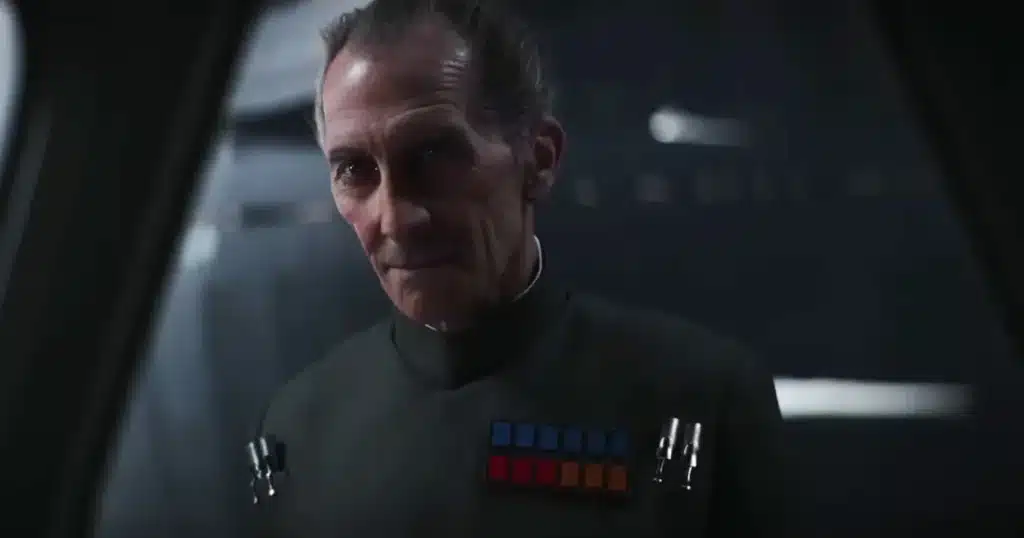
The Rise of Digital Resurrection in Hollywood
The Rogue One controversy underscores a broader issue in Hollywood—how far can studios go in digitally recreating actors who are no longer with us? The rise of CGI and advanced special effects has made it possible for filmmakers to bring back iconic characters, even when the actors who originally portrayed them have passed away. In addition to Peter Cushing’s appearance in Rogue One, there have been other instances of posthumous digital recreations in film, such as Carrie Fisher in Star Wars: The Rise of Skywalker and Paul Walker in Furious 7.
While the technology has allowed filmmakers to honor characters and actors in new ways, it also raises questions about intellectual property rights, contracts, and the ethics of using someone’s image after their death. In many cases, actors or their estates might have signed contracts outlining how their likeness can be used, but the evolving nature of technology has created legal grey areas that have yet to be fully explored.
Tyburn Film Productions’ Claims of “Unjust Enrichment”
In their legal action, Tyburn Film Productions claims that Disney, Lucasfilm, and Lunak Heavy Industries were “unjustly enriched” by using Peter Cushing’s likeness without permission. Rogue One: A Star Wars Story was a major box-office success, grossing over $1 billion globally and earning two Academy Award nominations. Given the prominence of Cushing’s character in the film, Tyburn argues that they should have been compensated or at least consulted before his image was recreated.
Tyburn’s argument hinges on their assertion that their contract with Cushing provided them with a legal veto over the use of his image for projects involving special effects, which they claim Disney ignored. Whether or not this claim holds up in court remains to be seen, but it’s a compelling example of the tension between technological innovation in filmmaking and legal rights concerning a person’s image.
What’s Next for the Case?
With the High Court’s decision to move forward with the trial, Disney and Lucasfilm will now have to defend their use of Peter Cushing’s likeness in court. Judge Tom Mitcheson KC has called for a full inquiry, which means both sides will need to present detailed evidence of the contractual agreements made with Cushing before his death and how those agreements apply to the digital recreation of his image in Rogue One.
The trial is expected to delve into not only the specifics of Cushing’s contract but also broader industry practices regarding posthumous use of actor likenesses. As the entertainment industry continues to evolve, particularly with the increasing use of special effects and CGI, this case could set an important precedent for future legal disputes about the rights of deceased actors and their estates.
The Ongoing Debate About CGI and Likeness Rights
This case between Disney and Tyburn Film Productions is part of an ongoing debate in the entertainment world about the ethics of using CGI to recreate actors after their deaths. While fans have enjoyed seeing beloved characters return to the screen, there are growing concerns about how much control actors and their estates should have over the posthumous use of their images.
In the case of Peter Cushing, many fans admired how Rogue One carefully brought back Grand Moff Tarkin in a way that was faithful to the character. However, the legal complexities behind such decisions show how important it is to respect the agreements made with actors, especially when they are no longer around to give their consent.
Final Thoughts: The Future of Digital Resurrections
As the trial moves forward, the outcome of this case could influence how future productions handle the use of deceased actors’ likenesses. If Tyburn Film Productions prevails, it could lead to more stringent controls on how special effects and CGI are used to recreate actors. On the other hand, if Disney wins, it could provide studios with more freedom to use existing images and performances for new projects.
Either way, the case highlights the importance of clear contracts and ethical considerations in an industry where technology is rapidly evolving.
Source: telegraph


